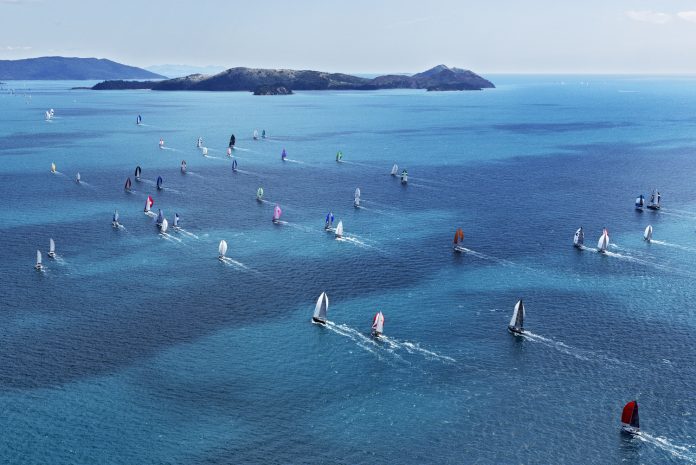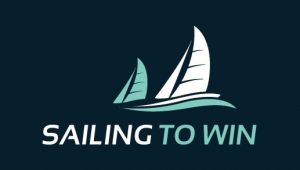

Firstly you must understand what current is, how it acts on your boat and its effect on wind speed and direction. How to Understand The Effects of Current
Currents are driven by three main factors:
- The rise and fall of the tides. Tides create a current in the oceans, which are strongest near the shore, and in bays and estuaries along the coast.
- Wind. Winds drive currents that are at or near the ocean’s surface.
- Thermohaline circulation. the movement of seawater in a pattern of flow-dependent on variations in temperature, which give rise to changes in salt content and hence in density.
Current Characteristics and Causes:
Current is faster in deep water and slower in shallow water so sail out to deeper water when the current is with you and sail in shallower water when you are sailing against the current.
Sustained, strong breezes push water in the direction of the wind; when the wind subsides, the water flows in the opposite direction.
Pressure systems also create current and influence tidal flows. Lows increase the height of high tides and prolong flood currents; highs push the water away, which increases the strength and duration of low tides and ebb currents.
Current is strongest around prominent points and in narrow openings such as harbour mouths. There are usually back eddies on the down-current side of islands, shoals and points.
When a tidal-induced current begins to change direction, it changes first along the shorelines and later in the mid- channel.
Working Out Current:
One way to predict what the current will be doing on the race course is to use published charts and tables. These give a fairly accurate guide to the velocity and direction of the current that is caused by tides.
Another way is to look at fixed marks or buoys like the starting pin. Be careful not to confuse wave action with current and anchored boats will also give you a good idea about current flow.
Another important clue about the current is the appearance of the water surface. When the current is flowing toward the wind, the water will be choppier than usual. When it’s flowing away from the wind, the water is smoother.
Look also for distinct lines of separation between different water surface textures.
Racing In Current:
When starting a race in current, be sure you have a line sight to help you judge the position of the line. When the current and wind is going in opposite directions, you’re likely to end up with multiple recalls. This is a great time to start at the leeward end (assuming you want to go left) because it will be easy to make the pin.
However, don’t start right at the committee boat, because it’s too easy to get caught barging. And be careful not to be over early, since it will take a long time to get back against the current and re-start.
Current affects your course over the bottom and therefore changes the laylines to any windward or leeward mark. When the current is pushing you away from the layline, it’s easy to underlay the mark and lose distance by trying to pinch up to the mark. The safest route is to overstand slightly — this will keep you clear of the mess of other boats and eliminate the need to make extra tacks.
When the current is pushing you toward a layline, the biggest potential mistake is overstanding. Prevent this by approaching to leeward of the “normal” layline or by avoiding the starboard layline completely until you are almost at the mark.
Current on Reaches and Runs:
On reaches and runs, the current will usually cause you to sail a longer course than necessary. Stick to the rhumbline and gain valuable distance. The best way to do this is by using a land sight.
If you can see land behind the next mark, use this to set up a range so the mark stays in the same place against the land. In the absence of a land sight, use a compass bearing to the mark and steer a course so this bearing remains constant.
Myths Regarding Current:
There is no such thing as the lee-bow effect, if you are sailing upwind directly into the current, you can’t gain by pinching to get the current on your lee bow.
Another Myth is the belief that the direction of the current favours one tack over the other. As long as the current stays the same for all boats, it doesn’t matter whether you take the up-current or down-current tack first or last.
#sailingtowin #sail #sailing #sailingcoach #sailtowin #yachtrace

